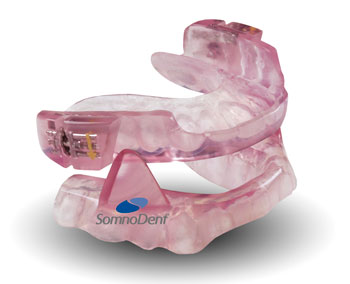
29 Apr Maxillomandibular Volume Influences the Relationship between Weight Loss and Improvement in Obstructive Sleep Apnea
The effectiveness of weight loss as a treatment for OSA is variable and identification of patient factors which relate to weight loss therapy responsiveness is of clinical use. A recent study published in the journal Sleep investigated the role of craniofacial skeletal size in relation to weight loss and OSA reduction. The findings suggest that those with smaller maxillary-mandibular dimensions have greatest benefit from weight loss. Reduced craniofacial dimensions could represent a phenotype of OSA patients most suitable for weight loss therapy.
The effectiveness of weight loss as a treatment for OSA is variable and identification of patient factors which relate to weight loss therapy responsiveness is of clinical use. A recent study published in the journal Sleep investigated the role of craniofacial skeletal size in relation to weight loss and OSA reduction. Sutherland et al suggest that those with smaller maxillary-mandibular dimensions have greatest benefit from weight loss.1 This may provide insight into craniofacial skeletal structure as a potential predictor of effectiveness of weight loss for OSA reduction.
58% of adult OSA can be attributed to being overweight, with obesity being a well-recognized major risk factor for OSA.2 Therefore; part of the treatment strategy for OSA in providing an overall positive effect in reducing AHI, is weight loss with dietary and lifestyle interventions. However, there is much heterogeneity in the OSA response to weight loss, which does not offer a consistent cure for OSA.3
Extraluminal tissue pressure from surrounding tissue structures has been shown to cause collapsing forces on the upper airway contributing to OSA.4 Obesity related phenotype is a major contributor to increased soft tissue of the upper airway; however the surrounding rigid enclosure of the craniofacial skeleton also plays a balancing role in extraluminal tissue pressure, with the size of the maxillomandibular enclosure likely to have an influence on how much local tissue affects upper airway function.
Sutherland et al postulated that maxillomandibular bony volume would affect the effectiveness of weight loss as a treatment for OSA. Study subjects included an age range between 30 and 70 y, body mass index (BMI) in the obese range (≥ 30 kg/m2) and moderate to severe symptomatic OSA (AHI ≥ 15 events/hr and an Epworth Sleepiness Scale score > 10), who were participants in a previously described pharmacological-assisted weight loss study in obese men with OSA.1
Their findings showed a modest correlation with change in BMI Change in waist circumference also correlated with change in AHI (rho = 0.32, P = 0.02), although neck circumference did not support a role of maxillomandibular volume as a potential moderator of the relationship between weight loss and OSA improvement.
- Sutherland K, Phillips CL, Yee BJ, Grunstein RR, Cistulli PA. Maxillomandibular volume influences the relationship between weight loss and improvement in obstructive sleep apnea. SLEEP 2016; 39 (1):43–49.
- Young T, Peppard PE, Taheri S. Excess weight and sleep-disordered breathing. J Appl Physiol 2005;99:1592–9.
- Johansson K, Hemmingsson E, Harlid R, et al. Longer term effects of very low energy diet on obstructive sleep apnoea in cohort derived from randomised controlled trial: prospective observational follow-up study. BMJ 2011;342:d3017.
- Kairaitis K, Howitt L, Wheatley JR, Amis TC. Mass loading of the upper airway extraluminal tissue space in rabbits: effects on tissue pressure and pharyngeal airway lumen geometry. J Appl Physiol 2009;106:887–92.

